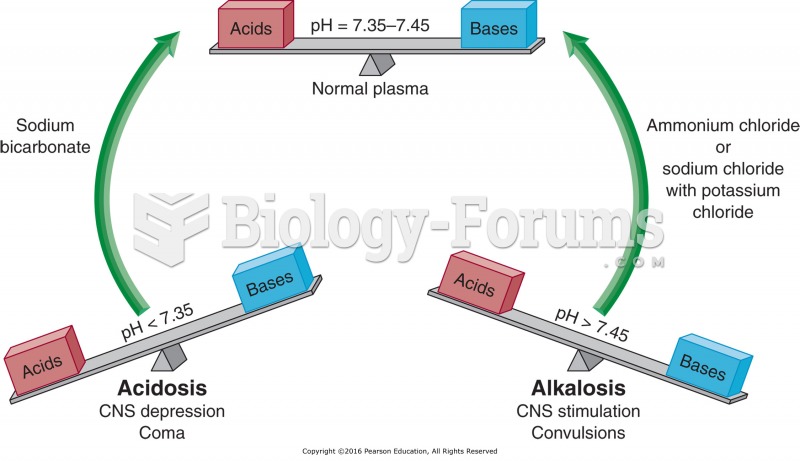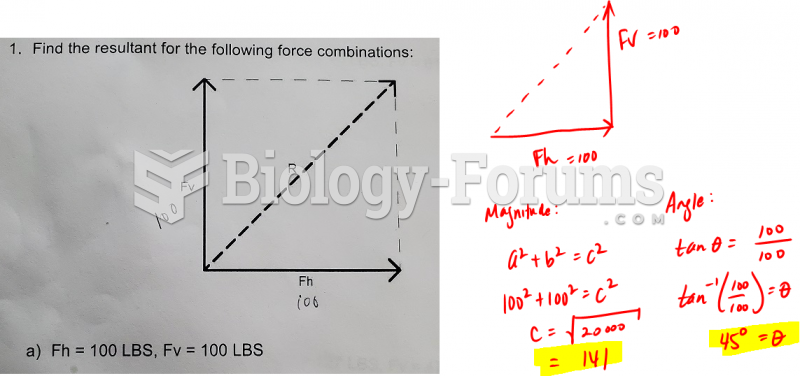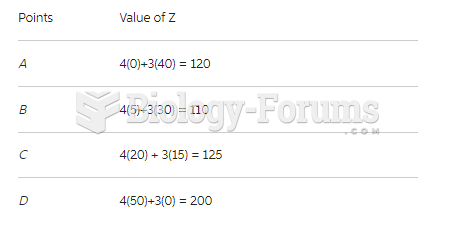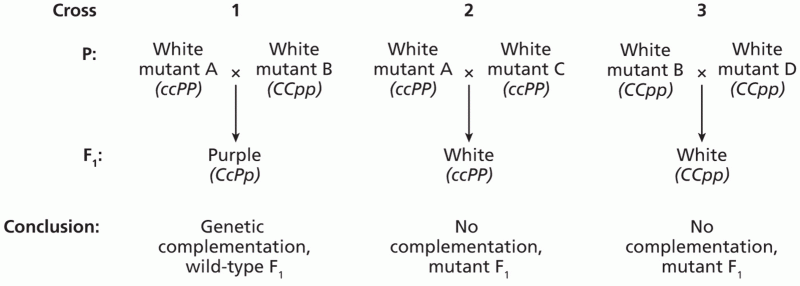Answer to Question 1
1. This problem has two major purposes: (a) to give experience with data allocated on a total overhead basis instead of on separate variable and fixed bases and (b) to reinforce distinctions between actual hours of input, budgeted (standard) hours allowed for actual output, and denominator level.
An analysis of direct manufacturing labor will provide the data for actual hours of input and standard hours allowed. One approach is to plug the known figures (designated by asterisks) into the analytical framework and solve for the unknowns. The direct manufacturing labor efficiency variance can be computed by subtracting 9,640 from 14,440. The complete picture is as follows:
Actual Costs
Incurred
Actual Input
Budgeted Rate Flexible Budget:
Budgeted Input
Allowed for
Actual Output
Budgeted Rate
(12,050 hrs. 16.80)
202,440 (12,050 hrs. 16.00)
192,800 (11,750 hrs. 16.00)
188,000
Given
Direct Labor calculations
Actual input Budgeted rate = Actual costs Price variance
= 202,440 9,640 = 192,800
Actual input = 192,800 Budgeted rate = 192,800 16 = 12,050 hours
Budgeted input Budgeted rate = 192,800 Efficiency variance
= 192,800 4,800 = 188,000
Budgeted input = 188,000 Budgeted rate = 188,000 16 = 11,750 hours
= 10,000 8.00 = 117,600
2. The calculations for total overhead are given below.
Repair Overhead
Variable overhead rate = 64,000 8,000 hrs. = 8.00 per standard labor-hour
Budgeted fixedoverhead costs = 197,600 10,000 (8.00) = 117,600
If total overhead is allocated at 120 of direct labor-cost, the single overhead rate must be 120 of 16.00, or 19.20 per hour. Therefore, the fixed overhead component of the rate must be 19.20 8.00, or 11.20 per direct labor-hour.
Let D = denominator level in input units
= Budgeted fixed overhead costsDenominator level in input units
11.20 =
D = 10,500 direct labor-hours
A summary 3-variance analysis for February follows:
Actual Costs
Incurred
Actual Inputs
Budgeted Rate Flexible Budget:
Budgeted Input
Allowed for
Actual Output
Budgeted Rate Allocated:
Budgeted Input
Allowed for
Actual Output
Budgeted Rate
249,000 117,600 + (12,050 8.00) 214,000 117,600 + (8 11,750)
211,600 (11,750 hrs. 19.20)
225,600
Known figure
An overview of the 3-variance analysis using the block format in the text is:
3-Variance
Analysis Spending
Variance Efficiency
Variance Production
Volume Variance
Total
Overhead
35,000 U
2,400 U
14,000 F
3. The control of variable manufacturing overhead requires the identification of the cost drivers for such items as energy, supplies, equipment, and maintenance. Control often entails monitoring nonfinancial measures that affect each cost item, one by one. Examples are kilowatts used, quantities of lubricants used, and equipment parts and hours used. The most convincing way to discover why overhead performance did not agree with a budget is to investigate possible causes, line item by line item.
Individual fixed manufacturing overhead items are not usually affected very much by day-to-day control. Instead, they are controlled periodically through planning decisions and budgeting that may sometimes have horizons covering six months or a year (for example, management salaries) and sometimes covering many years (for example, long-term leases and depreciation on plant and equipment).
Answer to Question 2
D







